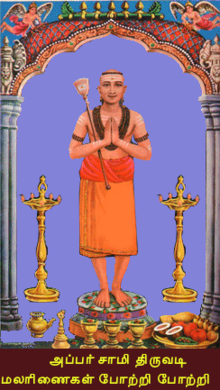Appar
| |||||||||||||||||||||||||||||||||||||||||||||||||||||||||||||||||||
Read other articles:

PierrycomunePierry – Veduta LocalizzazioneStato Francia RegioneGrand Est Dipartimento Marna ArrondissementÉpernay CantoneÉpernay-2 TerritorioCoordinate49°01′N 3°56′E / 49.016667°N 3.933333°E49.016667; 3.933333 (Pierry)Coordinate: 49°01′N 3°56′E / 49.016667°N 3.933333°E49.016667; 3.933333 (Pierry) Superficie5,15 km² Abitanti1 232[1] (2009) Densità239,22 ab./km² Altre informazioniCod. postale51530 Fuso orarioUTC…

American sportscaster For other people named Mike Breen, see Mike Breen (disambiguation). Mike BreenBreen in 2023BornMichael Breen (1961-05-22) May 22, 1961 (age 62)New York City, U.S.EducationFordham UniversityYears active1991–presentNotable credits Inducted into the Naismith Memorial Basketball Hall of Fame on May 14, 2021 Broadcaster of the Year, 1998 National Sportscasters and Sportswriters Association[1] Two-time Sports Emmy Award winner (Outstanding Play-by-Play)[2&…

Confine tra il Burkina Faso e il MaliMappa del Mali con il Burkina Faso a sud.Dati generaliStati Burkina Faso Mali Lunghezza1325 km Dati storiciIstituito nel1919 Manuale Il confine tra il Burkina Faso e il Mali ha una lunghezza di 1325 km e va dal triplice confine con la Costa d'Avorio, a ovest, fino al triplice confine con il Niger a est.[1] Indice 1 Descrizione 2 Storia 3 Insediamenti vicino al confine 3.1 Burkina Faso 3.2 Mali 4 Note Descrizione Il confine inizia a oves…
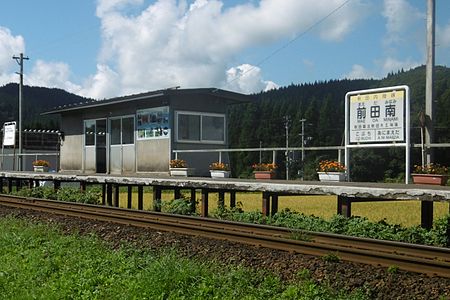
Stasiun Maeda-Minami前田南駅Stasiun Maeda-Minami pada September 2016LokasiDonomae Gomihori, Kitaakita-shi, Akita-kan 018-4514JepangKoordinat40°03′2.13″N 140°24′8.21″E / 40.0505917°N 140.4022806°E / 40.0505917; 140.4022806Koordinat: 40°03′2.13″N 140°24′8.21″E / 40.0505917°N 140.4022806°E / 40.0505917; 140.4022806OperatorAkita Nariku RailwayJalur■ Jalur NairikuLetak21.1 kilometer dari TakanosuJumlah peron1 peron sampingI…

U.S. law on Xinjiang human rights Uyghur Human Rights Policy Act of 2020Long titleAn act to condemn gross human rights violations of ethnic Turkic Muslims in Xinjiang, and calling for an end to arbitrary detention, torture, and harassment of these communities inside and outside China.NicknamesUyghur ActEnacted bythe 116th United States CongressEffectiveJune 17, 2020CitationsPublic lawPub. L.Tooltip Public Law (United States) 116–145 (text) (PDF)Legislative historyIntroduced in the Se…

American painter (1878–1956) Blanche LazzellLazzell in Manhattan, circa 1908BornNettie Blanche Lazzell(1878-10-10)October 10, 1878Monongalia County, West VirginiaDiedJune 1, 1956(1956-06-01) (aged 77)Bourne, MassachusettsNationalityAmericanKnown forPrintmaking, painting, etchingNotable workThe Monongahela (1926)MovementModernism Blanche Lazzell (October 10, 1878 – June 1, 1956) was an American painter, printmaker and designer. Known especially for her white-line woodcuts, she was a…

Football match2019 AFC Champions League FinalEvent2019 AFC Champions League Al-Hilal Urawa Red Diamonds 3 0 on aggregateFirst leg Al-Hilal Urawa Red Diamonds 1 0 Date9 November 2019 (2019-11-09)VenueKing Saud University Stadium, RiyadhMan of the MatchAndré Carrillo (Al-Hilal)[1]RefereeAli Sabah (Iraq)[1]Attendance22,549[1]WeatherCool and fine26 °C (79 °F)[1]Second leg Urawa Red Diamonds Al-Hilal 0 2 Date24 November 2019 (…

ماتياس يونسون معلومات شخصية الميلاد 16 يناير 1974 (العمر 50 سنة)كوملا الطول 1.79 م (5 قدم 10 1⁄2 بوصة) مركز اللعب وسط الجنسية السويد أبناء ميلكير جونسون المسيرة الاحترافية1 سنوات فريق م. (هـ.) 1992–1995 أوربرو 61 (24) 1996–1999 هلسينغبورغ 84 (23) 1999–2004 بروندبي 131 (40) 2004–2005 نورويتش…
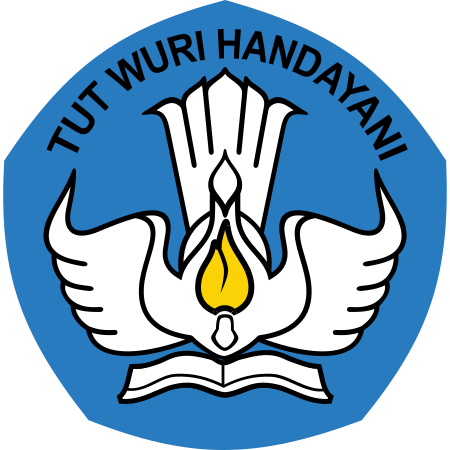
SMP Negeri 39 SurabayaInformasiDidirikan26 Oktober 1995Kepala SekolahDrs.JUWARI.M.M.PDJumlah kelas25 kelasRentang kelasVII, VIII, IXKurikulumKurikulum 2013AlamatLokasiJl. Raya Prapen, Panjang Jiwo, Tenggilis Mejoyo, Kota SBY, Jawa Timur 60299, Surabaya, Jawa TimurMoto SMP Negeri (SMPN) 39 Surabaya, merupakan salah satu Sekolah Menengah Pertama Negeri yang ada di Provinsi Jawa Timur, Indonesia. Sama dengan SMP pada umumnya di Indonesia masa pendidikan sekolah di SMPN 39 Surabaya ditempu…
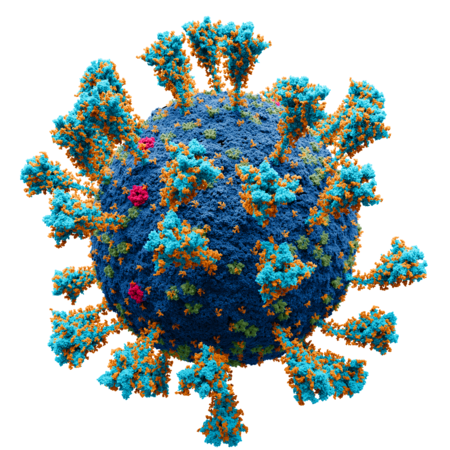
جائحة فيروس كورونا في مدغشقر 2020 المرض مرض فيروس كورونا 2019 السلالة فيروس كورونا المرتبط بالمتلازمة التنفسية الحادة الشديدة النوع 2 التواريخ 20 مارس 2020(4 سنوات، و1 شهر، و4 أسابيع، و1 يوم) المنشأ الصين المكان مدغشقر الوفيات 1,423 (9 مارس 2023) الحالات المؤكدة 67,889 (9 م�…

Segelas bir ale. Ale adalah jenis bir yang melalui proses fermentasi pada suhu yang hangat sehingga terfermentasi dengan cepat dan menggumpal di atas permukaannya.[1] Sebelum ditemukan teknik penyeduhan dengan menambahkan hop ke dalam bir, penyebutan 'ale' diperuntukkan untuk bir tanpa hop dan bir biasa untuk yang telah ditambahkan hop di dalamnya.[2] Pada awalnya, Ale diberikan perisa pahit berupa gruit yang merupakan racikan tumbuhan herbal dan rempah-rempah yang dididihkan di …

本表是動態列表,或許永遠不會完結。歡迎您參考可靠來源來查漏補缺。 潛伏於中華民國國軍中的中共間諜列表收錄根據公開資料來源,曾潛伏於中華民國國軍、被中國共產黨聲稱或承認,或者遭中華民國政府調查審判,為中華人民共和國和中國人民解放軍進行間諜行為的人物。以下列表以現今可查知時間為準,正確的間諜活動或洩漏機密時間可能早於或晚於以下所歸類�…

Bishop of Glasgow from 1273 to 1316 For the Scottish footballer, see Bobby Wishart. Robert WishartBishop of GlasgowChurchRoman Catholic ChurchSeeDiocese of GlasgowIn office1271–1316PredecessorWilliam WishartSuccessorStephen de DunnideerOrdersConsecration29 January 1273, at AberdeenPersonal detailsBornunknownunknownDiedProbably 26 November 1316Previous post(s)Archdeacon of St Andrews & Archdeacon of Lothian Robert Wishart was Bishop of Glasgow during the Wars of Scottish Independence an…

Bistum Mogadischu Basisdaten Staat Somalia Kirchenprovinz Immediat Diözesanbischof Sedisvakanz Apostolischer Administrator Giorgio Bertin OFM Generalvikar Valentino Mastaglia OFM Gründung 1904 Fläche 637.657 km² Einwohner 8.073.000 (31.12.2007 / AP2009) Katholiken 100 (31.12.2007 / AP2009) Anteil 0 % Diözesanpriester 1 (31.12.2007 / AP2009) Katholiken je Priester 100 Kathedrale 1998 zerstört Anschrift C.P. 273, Ahmed Bin Idris, Mogadiscio, Somalia Das Bistum Mogadischu (Mogadiscio) (l…

General election held in Wales on 6 May 2021 2021 Senedd election ← 2016 6 May 2021 Next → ← outgoing memberselected members →All 60 seats to the Senedd31 seats needed for a majorityOpinion pollsTurnout46.6% 1.2% First party Second party Leader Mark Drakeford Andrew RT Davies Party Labour Conservative Leader since 6 December 2018 24 January 2021 Leader's seat Cardiff West South Wales Central Last election 29 seats 11 s…
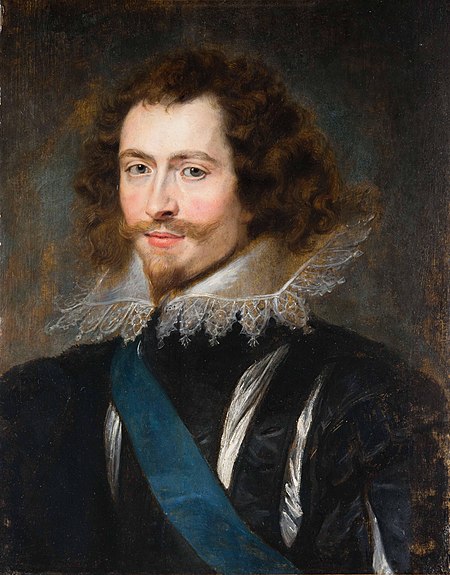
1625–1630 war fought by Spain against England and the United Provinces For other conflicts, see Anglo-Spanish War. Anglo-Spanish War (1625–1630)Part of the Eighty Years' WarThe Defence of Cádiz against the English by Francisco de ZurbaránDate1625–1630LocationAtlantic Ocean, English Channel, Low Countries, Spain and the Spanish MainResult Status quo ante bellum[1][2] Treaty of Madrid Increased division between the English Monarchy and ParliamentBelligerents Spain Eng…

Federico Guillermo III Rey de Prusia Rey de Prusia 16 de noviembre de 1797 - 7 de junio de 1840 (42 años, 6 meses y 21 días)Predecesor Federico Guillermo IISucesor Federico Guillermo IVElector de Brandeburgo 16 de noviembre de 1797 - 6 de agosto de 1806Predecesor Federico Guillermo IISucesor Desaparición del Sacro ImperioInformación personalOtros títulos Gran Duque de PosenNacimiento 3 de agosto de 1770Potsdam, Reino de PrusiaFallecimiento 7 de junio de 1840(69 años)Berlín,…

1970–February 1974 Parliament of the United Kingdom ←1966–1970 Parliament February–October 1974 Parliament→Palace of Westminster in 1973OverviewLegislative bodyParliament of the United KingdomTerm18 June 1970 (1970-06-18) – 12 March 1974 (1974-03-12)Election1970 United Kingdom general electionGovernmentHeath ministry House of CommonsMembers630SpeakerHorace KingSelwyn Lloyd LeaderWilliam WhitelawRobert CarrJim Prior Prime Minis…
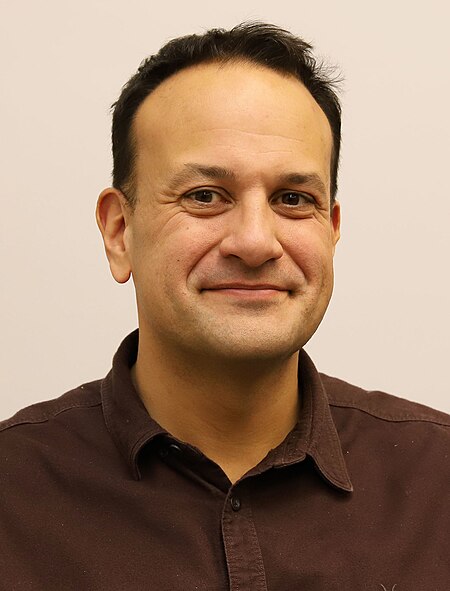
Pemerintah Irlandiabahasa Irlandia: Rialtas na hÉireannInformasiPemimpinTaoiseach (Leo Varadkar)Ditetapkan olehPresiden Irlandia (Michael D. Higgins) atas pencalonan oleh Dáil Éireann[1]Bagian badanKonstitusi IrlandiaKementrian18[2] (Daftar)Bertanggung jawabuntukOireachtas ÉireannKantor pusatGedung Pemerintah,Merrion Street,DublinSitus webwww.gov.ie/en/ Republik Irlandia Artikel ini adalah bagian dari seri Politik dan KetatanegaraanRepublik Irlandia Undang-Undang Dasar Am…

Takeo TakagiLaksamana Takeo TakagiLahir(1892-01-25)25 Januari 1892 [1]Iwaki, Fukushima, JepangMeninggal8 Juli 1944(1944-07-08) (umur 52)Saipan, Kepulauan Mariana UtaraPengabdianKekaisaran JepangDinas/cabang Angkatan Laut Kekaisaran JepangLama dinas1911-1944PangkatLaksamana (anumerta)KomandanNagara, Takao, MutsuDistrik Garda Mako, Distrik Garda Takao, Armada VIPerang/pertempuranPerang Dunia II Pertempuran Filipina (1941-1942) Pertempuran Laut Jawa Pertempuran Laut Karang Pertemp…
